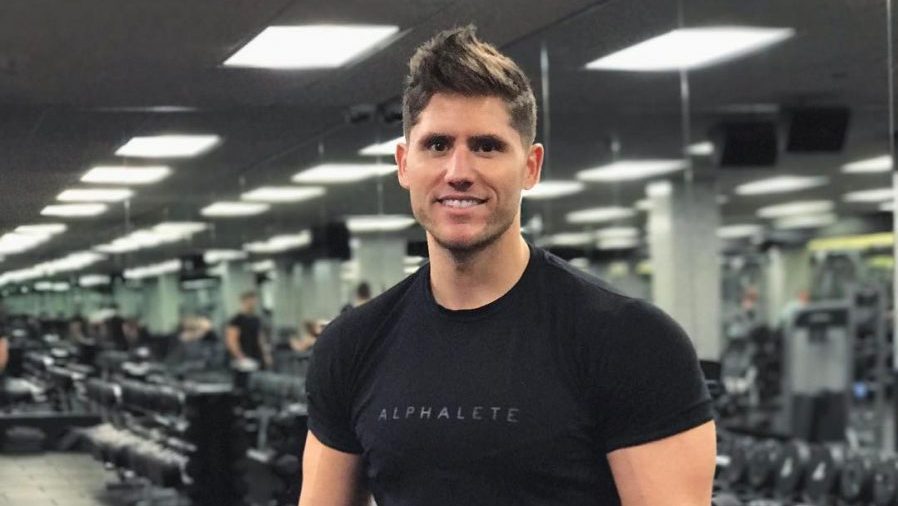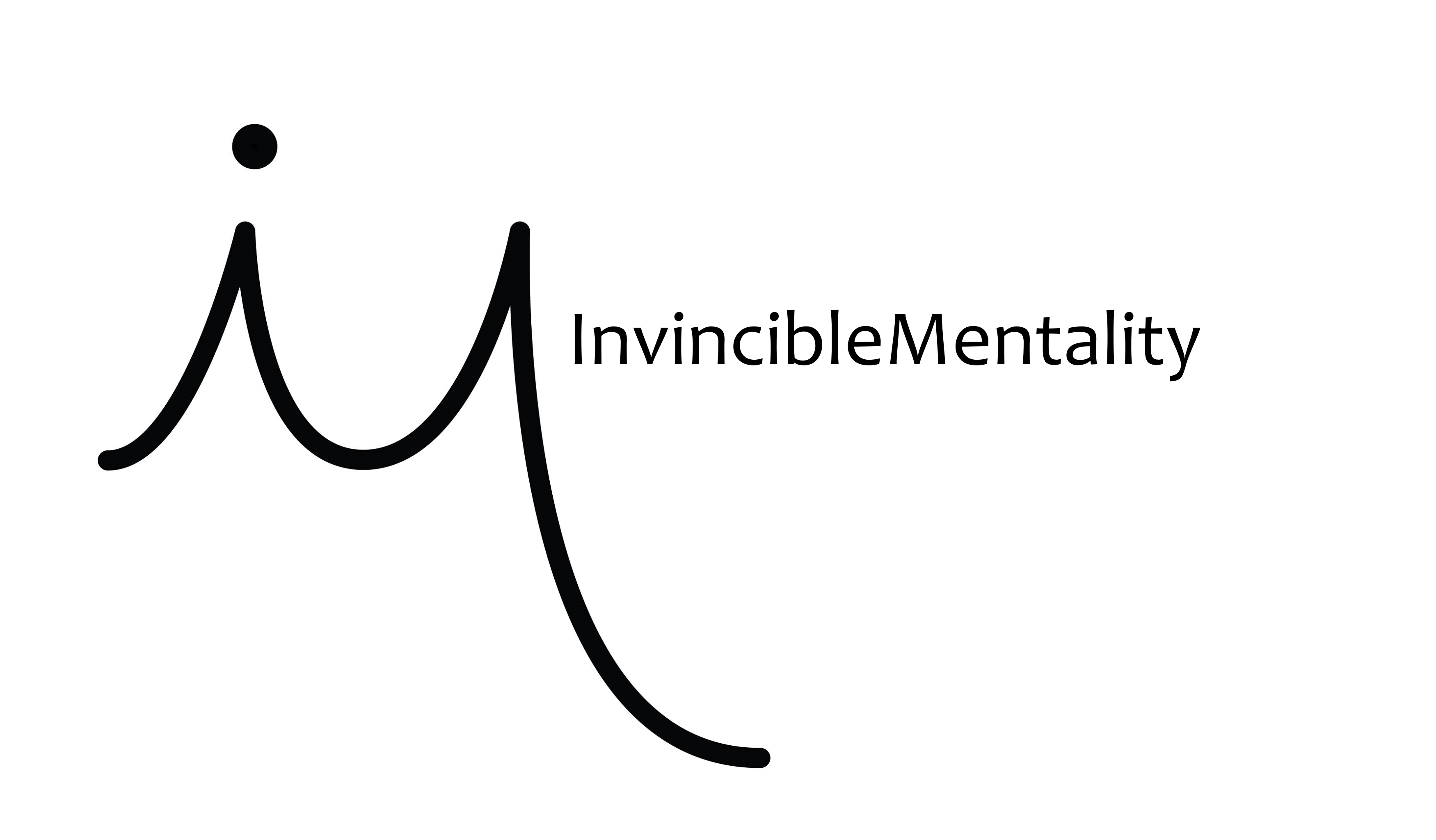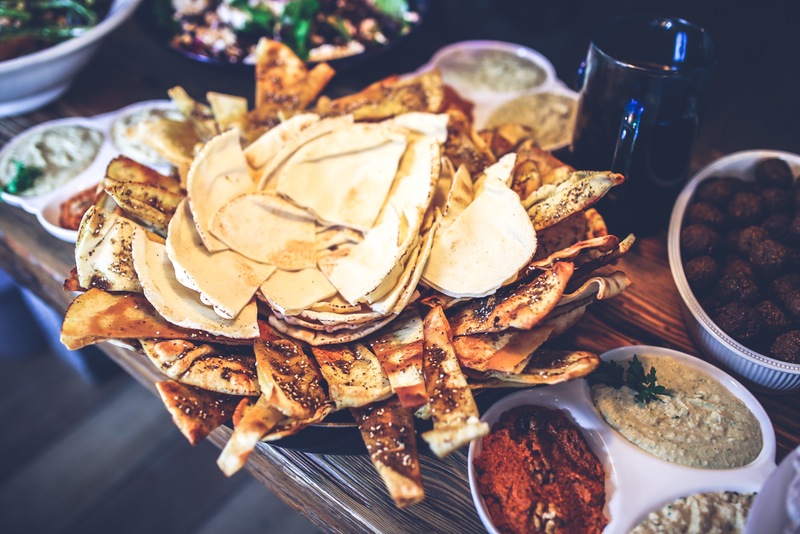Nutrition can be a bit of a minefield…
Do this, do that. Eat this, eat that… There is a lot of conflicting information.
Like many others, I bet you feel a little overwhelmed – Who or what should you listen to?
To help you I want to provide a solution to three of the most common questions I receive and typically the biggest problem areas for most.
1. Setting macros as a percentage
Ever heard of 40/40/20? I’ve done that myself, it worked okay. However, when I work with clients on setting up their proper macronutrient intakes rather than percentages their results are dramatically better.
When setting up our macros as a percentage you are simply taking a percentage of your calories and consuming them as either carbs, protein or fats – this is good as you can hit your calorie goal and your tracking app can give you your targets.
However, it can have you either undereating or overeating key macronutrients – this can be quite an issue.
To help you understand, lets put it into an applied example:
Take Phil. He weighs 75kg or 165lbs. He trains 4x per week but spends the rest of the day working at a desk so is pretty sedentary. His maintenance calorie intake is 2200 calories.
If we apply the 40/40/20 rule, his intakes would be: 220g carbs, 220g protein, and 48g fat.
This seems alright, however, if we look at the optimal intake of protein to maximise muscle mass and ensure recovery, it sits at 1g per lb of bodyweight – In Phil’s case this means 165g, however, the above ratio has him eating 220g. What happens this excess protein? It doesn’t help grow any more muscle – it gets turned into glucose via a process called gluconeogenesis, but you don’t really care about that… All you need to know is that the body isn’t using it for muscle growth or repair! Therefore, it’s essentially burning a hole in your pocket – at the end of the day, protein is expensive!
What’s a better idea?
For Phil, we would set his protein based on his bodyweight at 165g per day and his fat intake will be between 0.4-0.6g per lb based on his food preferences – the remainder of his calories come from carbohydrates.
This would give him a daily intake of: 236g carbs, 165g protein, and 66g fat.
If we look at his new macro targets, his fat intake now in the suggested range, his protein is in line with suggested amounts and is not being wasted, and he has more carbs which will help increase his daily activity levels and aid in training intensity
A win win, no?
When starting I help people get better results by setting their macros based on this: Protein – 1g per lb of bodyweight; Fat – 0.3-0.6g per lb of bodyweight, and Carbs – Remainder of calories.
Follow the above and you are on course for a winner.
2. Slashing calories to lose weight
I bet you know somebody who has done this: They make weight loss their goal – completely slash your calories and starve yourself is obviously the way to go…
NOT!
This is typically done by most recreational gym goers or those who have left competition weigh in too late.
Now, it does work. However, if you have ever tried it yourself or know somebody who has done the above, you will know that what normally happens is that you lose a bunch of weight at first, then your progress stalls.
Now what do you do? Your calories are already so low you couldn’t possibly reduce them even further.
More cardio? You’re already doing it 4x a week – anymore and you would get married to the treadmill, and not in a good way…
What normally happens at this point? They binge or give up on their goal as it’s ‘impossible’ ending up putting on more weight than where they originally started.
Maybe I am exaggerating a little but you get the point – this approach is simply unsustainable. In short, you get progress but corner yourself in the process!
My approach with clients is a gradual process of weight loss. We aim to lose around 1% of bodyweight per week or 1.5% if they prefer to do it a little quicker.
To help prevent muscle loss during weight loss, we set their protein intake at the optimal amount – around 1g per lb and even higher in later stages of the diet. We also combine this with a period of higher volume training as it helps to retain muscle.
So, if weight loss is your goal – stop cutting your calories in half!
Instead set yourself up for long term success and keep the weight off!
- Reduce your current caloric intake by 10% and set your macronutrients using the tips from point #1.
- Monitor your bodyweight on a daily basis BUT look at the weekly average. Then, compare your weekly average to the next and so on.
- If you are losing more than 1% of your bodyweight you can probably eat a little more
- If you are losing less, you may want to eat a little less or increase your activity levels.
- Once you hit a plateau ie weight loss stalls for 2+ weeks, simply reduce your caloric intake by 5% and you should be good to go again! We only need minor adjustments to get ourselves back into a deficit – no need to panic and reduce your intake by hundreds of calories.
- You may want to gradually add cardio instead of reducing your caloric intake – this is probably the preference for most once their food intake gets to a low point and most lightweight females will want to do this or they will be eating so little it’s unsustainable. If you are incorporating cardio, aim to do it as far away from your lifting as possible so it has minimal interference ie on off days or in mornings if you train in evening and vice versa. If this is too much of a time constraint, simply complete it after your training so you have most of your energy for your training!
- Enjoy the process – if you overeat one day, don’t stress! Simply reduce your intake the following days. If you fancy a treat? Make sure it fits your calories – it doesn’t have to be more complicated!
The Bunny Rabbit
Last but not least – the bunny rabbit.
Ever seen the people in the gym – one week they are lifting heavy singles, the next week they are performing every machine to failure, the next – who knows what they will do!
Perhaps you’ve talked to the guy who is cutting some fat for 2 weeks. You speak to them the next week and they are trying to bulk because they don’t like cutting
What’s the theme here?
They aren’t picking a goal and sticking to it – there is no consistency. Instead they are simply spinning their wheels – they aren’t going to see any clear progress.
The guy jumping between exercises and rep ranges week to week never does enough volume to grow muscle or spend enough time training with heavy weights to get stronger.
The jumpy dieter simply always looks the same – they never get leaner and never get bigger.
To get stronger, add muscle or lose weight you need to spend dedicated time making this your sole aim. You need consistency!
Spend at least 6 weeks minimum trying to achieve one of these goals before hopping onto the next – I suggest spending even longer and getting the most bang for you buck out of the above goals.
A sample set up could be; 8-12 weeks spent training with higher volume – you would perform higher reps and sets, typically in a ‘hypertrophy’ fashion. Then spend the next 8-12 weeks with higher intensities and lower volumes – you would spend time training with ~75%-90% and getting strong as possible
After this point you can either test your strength in a 1 rep max test and gauge your progress or simply switch back to higher volumes and aim to gain more size.
To take this a step further and improve your results you can marry two phases together.
For example, during periods of higher volume we are better making adjustments to our body composition. This is due to volume being the biggest overall predictor of muscle growth and retention. Therefore, if you are aiming to bulk you will be giving the body the opportunity to grow. If you are aiming to cut you are giving the body a stimulus to keep your hard earned muscle.
During strength training or lower volume training the volumes aren’t high enough to push the boundaries of muscle gain or retention. Sure, you could do it but it would be alot harder and more taxing. Within this phase simply aim to maintain your current bodyweight and body composition and get stronger. This will allow you to use heavier weights in your next higher volume block – this means you can get progressively bigger over time!
A sample set up could be: 8-12 weeks of higher volume training while adding weight, 8 weeks of strength training and maintaining your new weight , and then 8-12 weeks of higher volume training while cutting
Congratulations! You should not only be stronger but also bigger and as lean or leaner than you started.
You have made actual progress!
Summary
I hope you have found this article interesting and can take something away. Hopefully I have help you realise the fact that fitness, health and nutrition really don’t have to be as complicated as made out to be.
You can achieve your goals by monitoring your food intake by taking simple but smart steps and being consistent and sticking to the plan.
There really isn’t need to make it more complicated than it needs to be.
“Life is really simple, but we insist on making it complicated”
Thank you for taking the time to read – if you have any comments please feel free to add them.
If you have any questions, feel free to contact myself on the links below
About the author
Dave Carleton is the head coach at Carleton Performance and Nutrition – an online coaching service for those interested in competing in powerlifting, stepping on stage or simply improving their body composition. He creates regular articles and tips through his blog and facebook page which are linked below. He also has a free facebook group with members interested in strength training, nutrition and sports performance. Within the group, helpful tips, training feedback and nutritional support is provided – if this sounds like it would be beneficial to you, request to join on the link below.
Carleton Performance and Nutrition Facebook Page
Carleton Performance and Nutrition Main Website
Eat, Track, Lift Facebook Page


